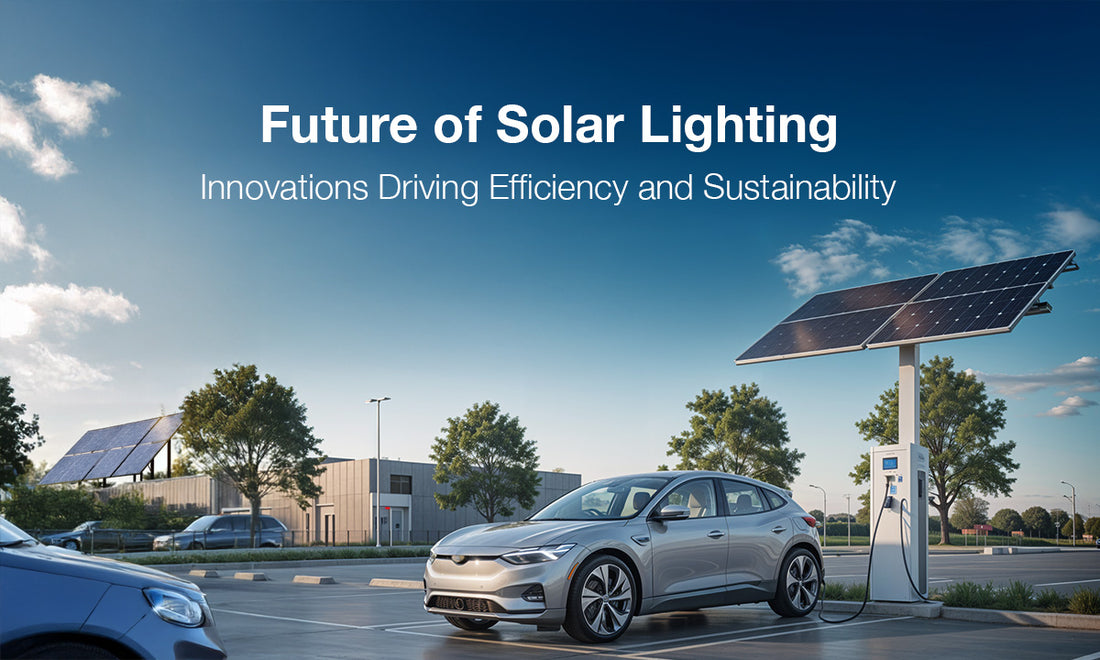
Innovations in Solar Lighting Technology: What’s Next?
Solar lighting technology has come a long way, from basic solar-powered garden lights to sophisticated systems illuminating entire cities. As we continue to prioritize sustainable energy solutions, the future of solar lighting looks brighter than ever.
Recent advancements in solar lighting technology
-
Increased efficiency: Solar panels are becoming increasingly efficient, allowing them to capture more sunlight and generate more power. Photovoltaic technology has evolved in terms of innovation, wherein energy conversion has increased, allowing solar lamps to charge their batteries for shorter durations. Therefore, these solar panels are better at absorbing sunlight with a continuous and steady power supply.
- Smart integration: Solar lighting systems are now integrating with smart home technology, enabling remote control, scheduling, and energy monitoring. The intelligent management systems allow for the centralized management of multiple solar luminaires. This makes them suitable for commercial or municipal lighting projects on a large scale. Additionally, users can monitor energy consumption and the status of operations in real-time.
- Flexibility in lighting: By combining IoT technologies, solar fixtures can be automated and controlled remotely. For example, light, motion, and temperature sensing are enhanced, which helps customers choose a solar lighting system that can be used to adjust the brightness, set the lighting mode, and even monitor adverse weather conditions.
The future of solar lighting solutions: What comes next?
As witnessed, solar lighting technology is rapidly evolving, promising a more sustainable and energy-efficient future. Some of the key advancements one can look forward to include:
-
Self-cleaning solar panels: Self-cleaning solar panels will reduce maintenance costs and improve energy efficiency.
- Flexible solar panels: Flexible solar panels can be integrated into various surfaces, such as rooftops, walls, and even clothing.
-
Solar-powered IoT devices: Solar-powered IoT devices can be used to monitor environmental conditions, track wildlife, and improve public safety.
-
Solar-powered electric vehicle charging stations: Solar-powered charging stations can help reduce carbon emissions and promote sustainable transportation.
- Floating solar farms: solar farms on floating surfaces are emerging as a solution such as on offshore locations and coastal areas. This type of solution would benefit areas where landscapes are limited and solar power is mostly absorbed by water bodies.
By embracing these advancements, we can create a more sustainable and energy-efficient future. Solar lighting technology is not only a practical solution but also a symbol of our commitment to a greener planet. The future of solar lighting solutions looks promising and we are looking forward to these innovative advancements.
